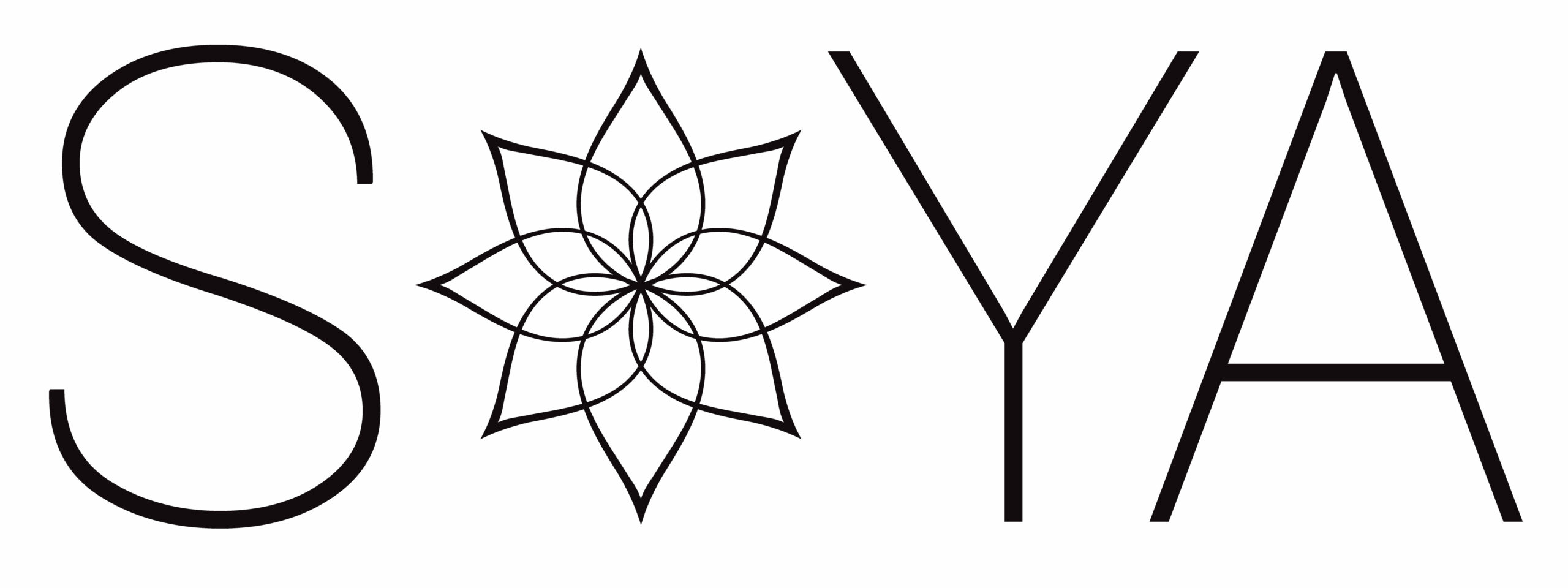- This topic is empty.
-
AuthorPosts
-
July 2, 2020 at 2:04 pm #232615AnonymousInactive
About Synovial Joint Types: A synovial joint is a moveable joint. All of the joints in the body that have movement are synovial joints, and what that means for the most part is that the joint has a capsule that surrounds the entire joint, and encompasses the ligaments and tendons within it. The capsule has a sheath, which secretes a liquid called synovial fluid, which nourishes and lubricates the joint and allows for the full range of movement.
Hinge joints – Generally move along one axis, allowing for flexion and extension. eg. Knee, elbow, ankle.
Ball and Socket joints – Can move in several directions, allowing for flexion, extension, adduction, abduction, rotation and circumduction. eg. hip and shoulder
Pivot joints – Allow you to rotate, such as the neck and the forearm. eg. cervical C2 and the radius at the elbow
Saddle joints – The joint is shaped like a saddle with another bone resting on it like the rider on a horse. They allow for flexion, extension, adduction, abduction and circumduction. It does not allow for axial rotation. eg. Thumb.
Condyloid joints – Allow movement of approximately 2 degrees, like a saddle joint. They allow for flexion, extension, adduction, abduction and circumduction. It does not allow for axial rotation. eg. Radius and carpal bones at the wrist
Gliding or plane joints – Somewhat flat bone surfaces move past each other, allowing for limited movement, including flexion, extension, hyperextension, adduction, abduction, and circumduction. eg. wrist and ankle bones next to the joint. Carpals and Tarsals.
Common Joints and the Bones that Form Them
Shoulder joint – Humerus bone and scapula
Elbow joint – Humerus bone and Ulna
Wrist joint – Radius or Ulna and Carpals
Knee joint – Femur bone and Tibia
Hip joint – Femur bone and Pelvis
Ankle joint – Tibia bone and Tarsals
Neck joint – Skull and Vertebrae
Movement of the Joints
All movement occurs at the joints.
On page 16, there is a list of some common types of movement in the body. Here are a few more not included in that list.
Hyperextension – Angle at a joint gets greater than normal; beyond the normal range of motion. Eg. Knee or elbow hyperextended. Backbends hyperextend the back. Dropping the head back hyperextends the neck.
Circumduction – Movement of a body region in a circular manner. It combines flexion, extension, abduction and adduction. Eg. Arm circles at the shoulder joint. Hip circles at the hip joint. Neck rotations.
Eversion – The anatomical term for the movement at the ankle, where the sole of the foot moves away from the midline (sole of foot points away from body)
Inversion – The anatomical term for the movement at the ankle, where the sole of the foot moves toward the midline (sole of foot points inward, as in the lotus pose) (most common ankle sprain)
Protraction– Forward or anterior movement of a body part. Eg. Shoulders moving forward, shoulder blades (scapula) moving away from the spine. Jaw moving forward.
Retraction– Backward or posterior movement of a body part. Eg. Shoulder retracting toward the back body. Eg. Shoulders moving back. Shoulder blades (scapula) moving toward the spine.
Elevation – Upward movement of structures in the body. Eg. Shoulders raising toward the ears (shrugging them)
Depression – Downward movement of structures in the body. Eg. Shoulders lowering downward away from the ears.
Pronation – Rotation of the hand or forearm so the palm faces downward. Eg. Chin mudra (see page 116 of the IYTA Handbook of 84 Traditional Asanas)
Supination – Rotation of the hand and forearm so the palm faces upward. Eg. Jnana mudra (see page 116 of the IYTA Handbook of 84 Traditional Asanas)
-
AuthorPosts
- You must be logged in to reply to this topic.

Recent Comments